Legends of Runeterra Patch 2.13.0 added a full-fledged update to the Lab of Legends mode with a new roguelike experience called The Saltwater Scourge. The newest iteration of the single-player mode added randomly generated map movement, a wealth of new encounters, and many more ways to boost the strength of your cards.
In this initial implementation of The Saltwater Scourge, you can choose a starting deck between Miss Fortune, Tahm Kench, and Twisted Fate. Once a run begins, you can see which mini-boss will spawn between Karma, Azir, and Swain. Depending on the mini-boss, you’ll find different enemy encounters based on the region of the chosen fight.
Afterward, you can empower yourself in traditional RPG style by defeating enemies that yield experience, gold, and cards. When traversing the map, there are different nodes that either have enemy encounters, events with varying results, shops, healing, and treasures.
Each time you start a run, the map is randomly generated, which means there are different pathways and a unique order of enemies to navigate. But you’re guaranteed to run into the designated mini-boss before Gangplank.
Encounters will always yield an enemy of a varying level. The early enemy you find in one run may be a higher level in a different Saltwater Scourge attempt. Low-level enemies start with no mana and have weak or zero passive powers. The powers that each enemy can have scale up in power depending on the level that you find them at. There are three versions of a power from Common to Epic, with Epic being the strongest iteration.
If you’re defeated, it’s not the end of the run. You’ll be restored to full health at the cost of a better grade when you reach the conclusion of your Lab of Legends run.
When you finish a run, there are three different badges players can be graded on: skill, time, and wealth. To get an S in skill, you need to avoid dying throughout the entire encounter and refuse to use the healing portion of the “Healer” node (you may still use the card removal). To get an S in speed, you should aim to beat the game in under 35 minutes. To get an S in wealth, you need to acquire more than 1,400 gold in a single run. You can spend the gold however you please, but you can’t die.
Players can claim icons if they win a run with any of the starting characters.
Aside from two extra maximum and current health, here’s what you can expect from each level.
- Level two (requires defeating the first Encounter): Select a champion pack to add to your deck.
- Level three (requires 110 XP): Gain a Passive Power.
- Level four (requires 320 XP): Choose an item for your champion.
- Level five (requires 420 XP): Gain a Passive Power.
- Level six (requires 780 XP): Choose an item for your champion.
- Level seven (requires 930 XP): Choose a Passive Power.
- Level eight (requires 540 XP): Choose a Passive Power.
Here are some tips and tricks to help you succeed in LoR’s Lab of Legends: The Saltwater Scourge.
General tips
For general map movement, you’re unable to move past an enemy encounter, so defeating enemies that block multiple paths provides you with more options.
When you find yourself at a chest that rewards cards, sometimes it’s best to simply not pick a reward if all the options are terrible. Adding bad cards to your deck dilutes your potential good draws and provides an unwanted opening for many bad draws.
While you can find champion cards from your combat rewards, sometimes it’s best to not take them since they reduce your chance of stacking items on your initial two starting champions.
Since your health sticks to you throughout each encounter, you should consider taking certain lines that will have you take less damage. This also means that anytime you heal in combat, that healing will stick with you. Thus, prolonging combats to get any sustain out of your deck can sometimes be worth it.
If you aim to use the healer node, you should only use it when your health is below half of your maximum HP. If you hold onto the healing nodes, the effectiveness will scale the later the run goes since each level up will grant you two extra max health. This means if you’re trying to go for S badges in the skill category, you can heal in any lower-level encounters you skipped over to avoid restoring life from health nodes on the map.
Always be on the lookout for card removal opportunities. Getting rid of bad cards you were forced to pick up in your deck can improve your odds at drawing into your best cards during difficult fights.
Tips for mini-bosses
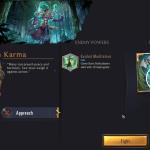
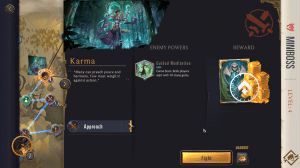
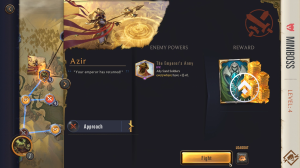
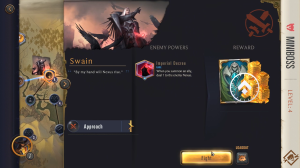
Each mini-boss will start with two copies of themselves in hand, so be ready to deal with the champion as soon as they reach the appropriate mana cost.
If you’re facing off against Karma, it’s best to try and draft some expensive cards because her power has both players start at 10 mana. Her passive power also means you’ll be facing off against a level two Karma instantly since she reaches her leveled form when achieving Enlightenment.
Karma has the highest chance of rolling you over. Double casting spells and being able to play herself on turn one is immense value, which can lead to her running away with the game. To best deal with this, finding ways to deal four damage will help you answer a level two Karma.
When facing off against Azir, his power boosts the strength of all of his Sand Soldiers by +2/+0. To defeat Azir, you should save your AoE abilities for turns where he makes a wide board (with cards like Make it Rain or Twisted Fate’s Red Card) that’s too much to deal with. If your deck lacks these answers, then developing a wide board and weak units to chump block Sand Soldiers will improve your odds at success.
If the fight goes on too long, Azir will use cards like Desert’s Wrath to improve the power of his Sand Soldiers. Don’t let the fight drag on or you’ll run the risk of him outscaling you and removing your resources.
Swain’s passive power allows him to deal one damage to your Nexus each time he summons a unit. This gives him easier access to reach his level two form. Thus, you should aim to end the match quickly before he levels up or have a board that’s wide enough to make his stun effect meaningless.
Tips for Gangplank
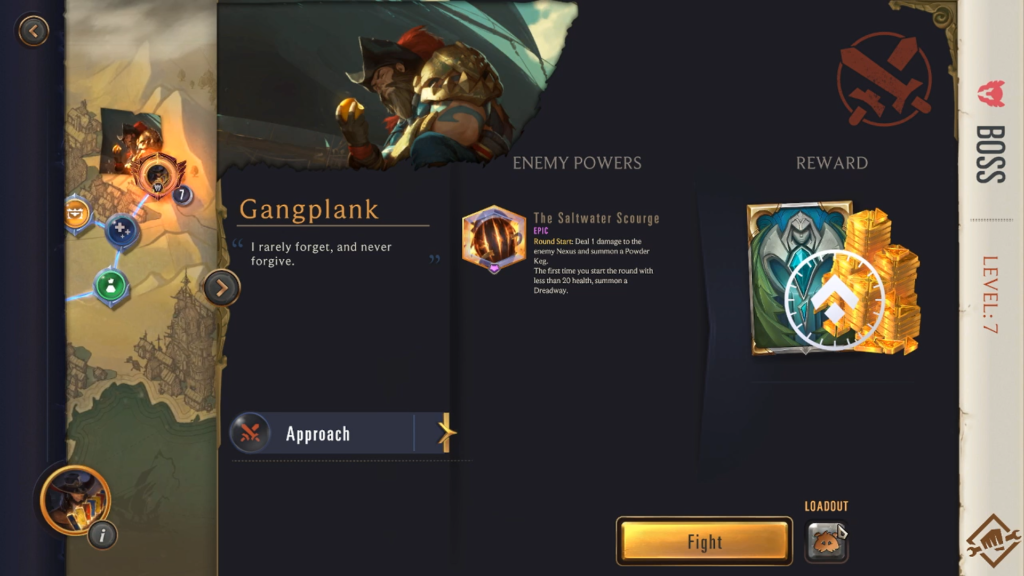
Gangplank has a lot of tricks up his sleeve to consider when building your deck against this last confrontation. His passive power has three major components to play around, with the first dealing damage to your Nexus every turn. Aside from this encounter putting you on an effective time limit to win, this power will guarantee a leveled-up Gangplank when he reaches round five or six.
To best play around this, you’ll need to make sure your board can survive his Powderful Explosion skill potentially boosted by Kegs or be able to deal six damage to remove Gangplank whenever he’s summoned.
The second aspect to be mindful of is the Powder Keg that spawns each turn. This means different cards and skills from Gangplank will deal bonus damage, making you more vulnerable to removal. You should aim to have ways to deal one damage to a unit at fast speed and constantly remove them with your units when you have the attack token.
The final note on Gangplank’s passive power is that he summons a free Dreadway at the start of a round when his health total reaches 20 or below. Aim to leave the enemy Nexus above 21 health and then finish him off with one large attack when given the opportunity.
If you’re unable to defeat Gangplank in one swing and need a couple of turns to claim victory, try your best to lower his health to 20 or below when it’s Gangplank’s turn. This allows you to spawn the Dreadway on your attacking round, where you have a better chance at removing both the drawn Gangplank and his ship.
With LoR Patch 2.13.0 now live, you can try out Lab of Legends: The Saltwater Scourge and claim the character-specific icons for yourself.


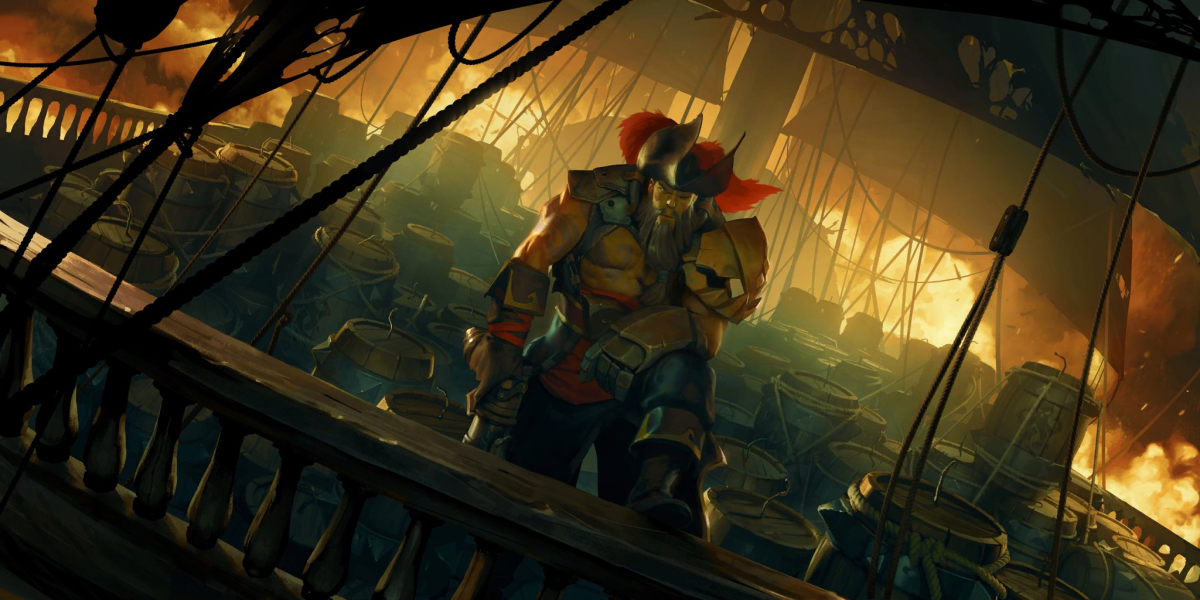
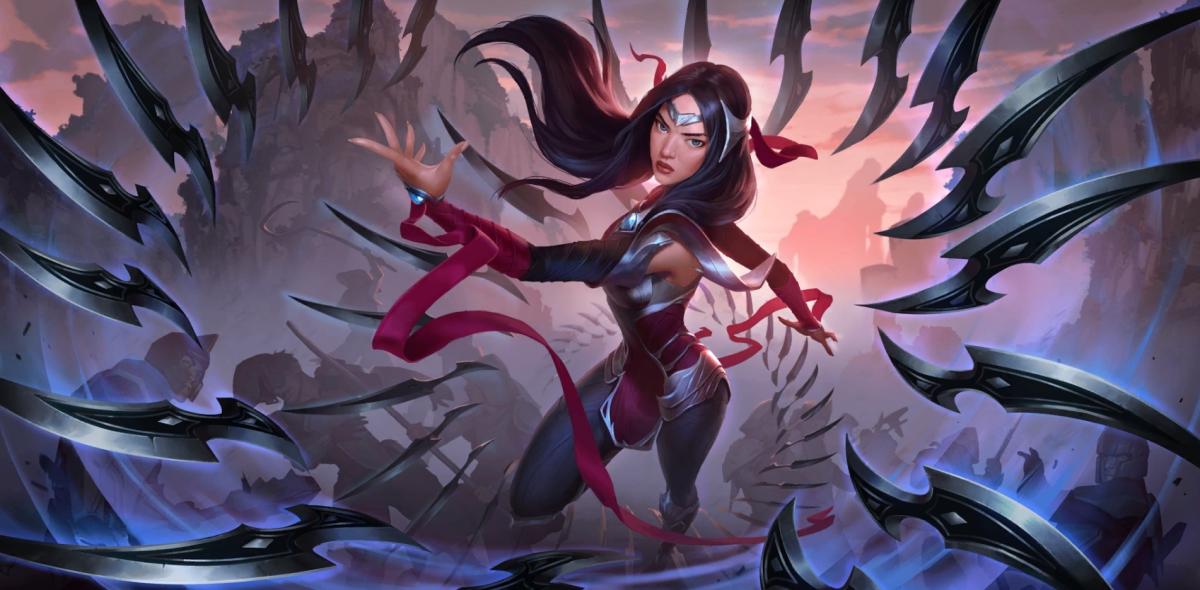
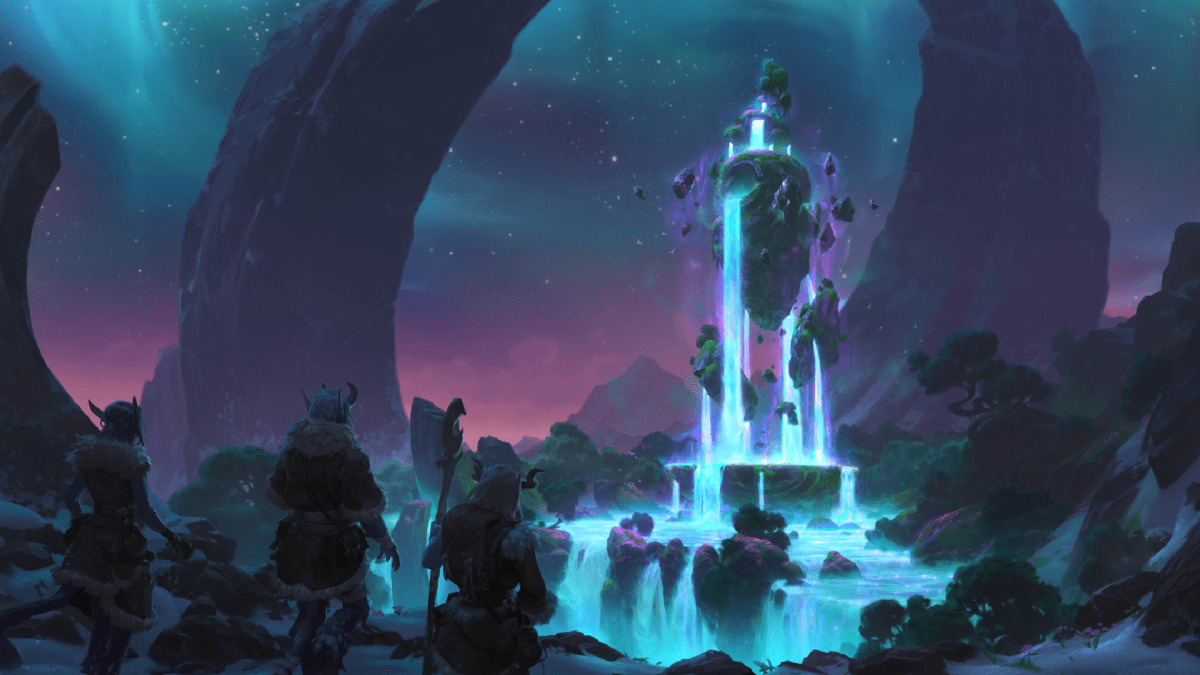
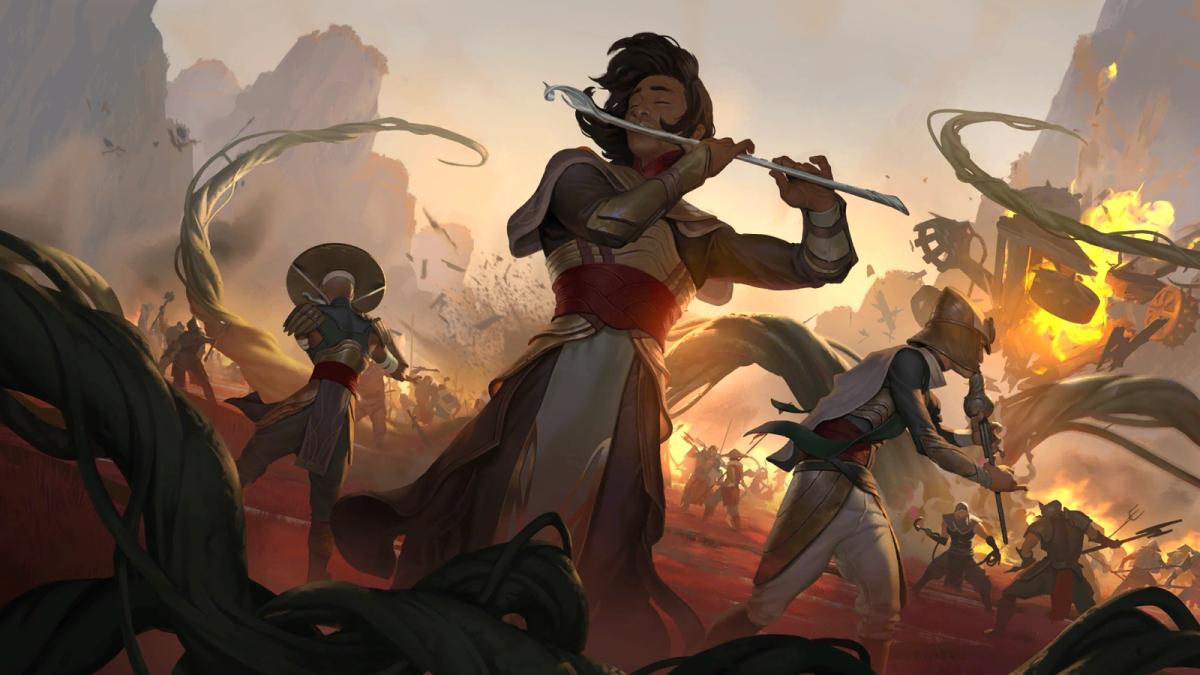
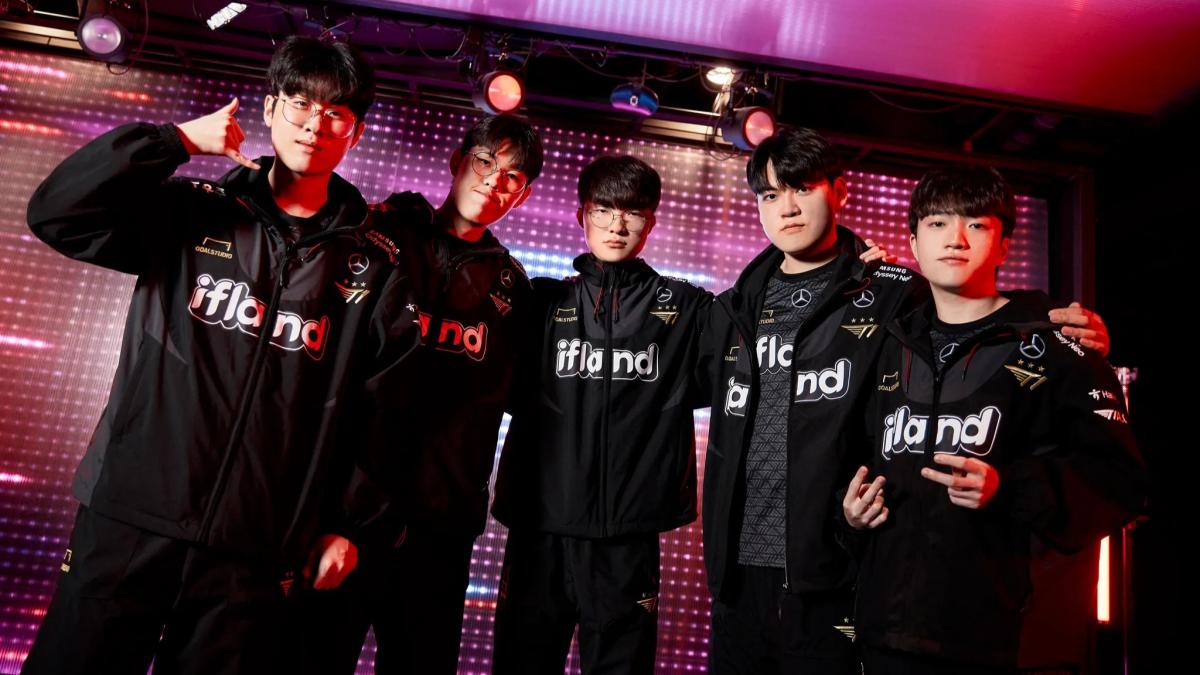

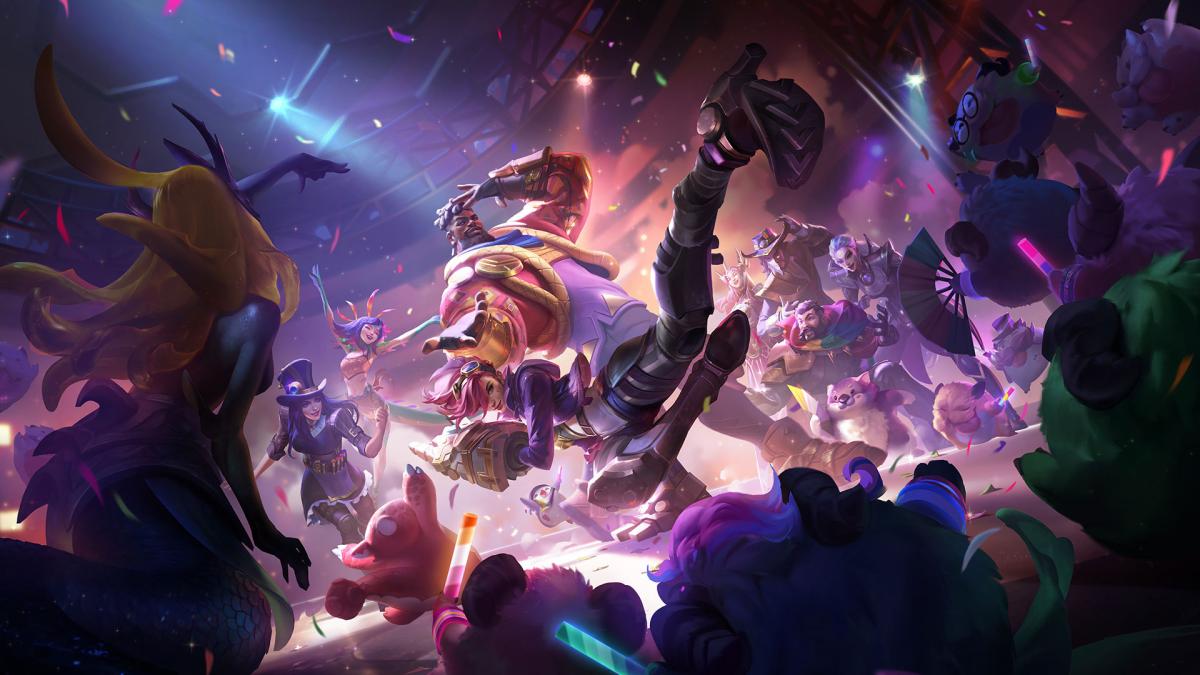
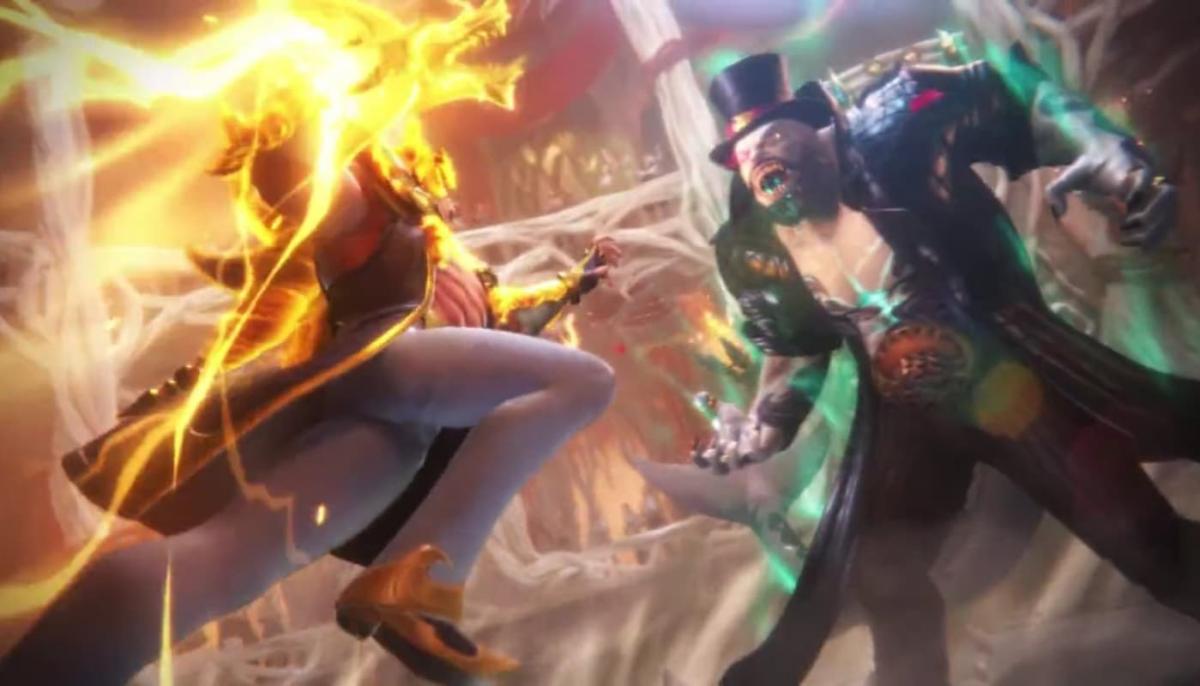
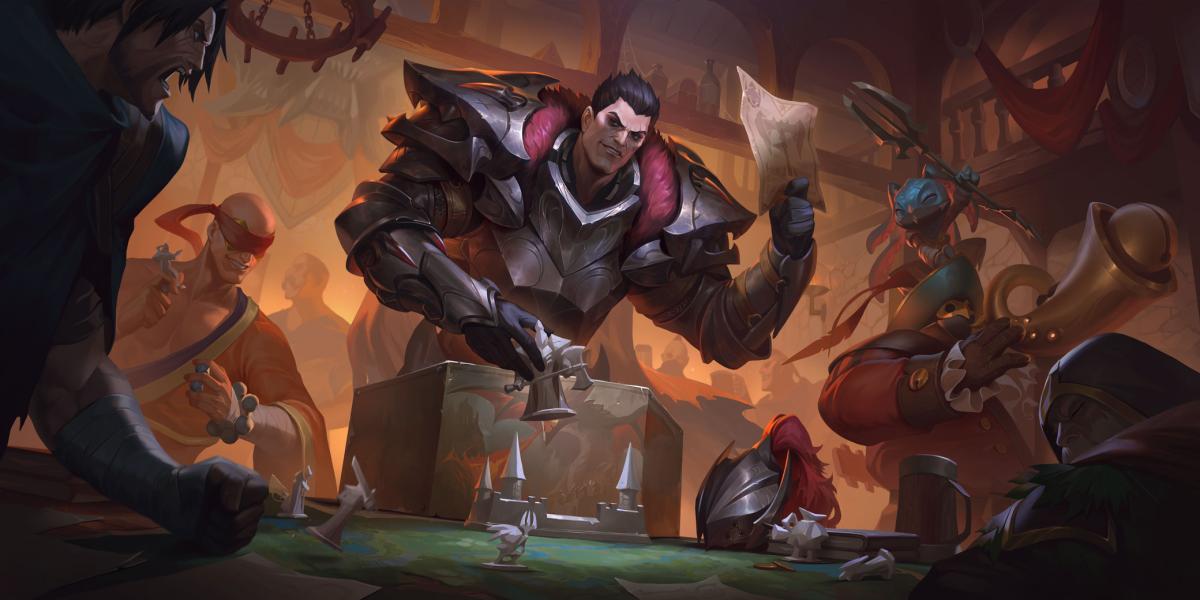


Published: Aug 5, 2021 03:58 pm